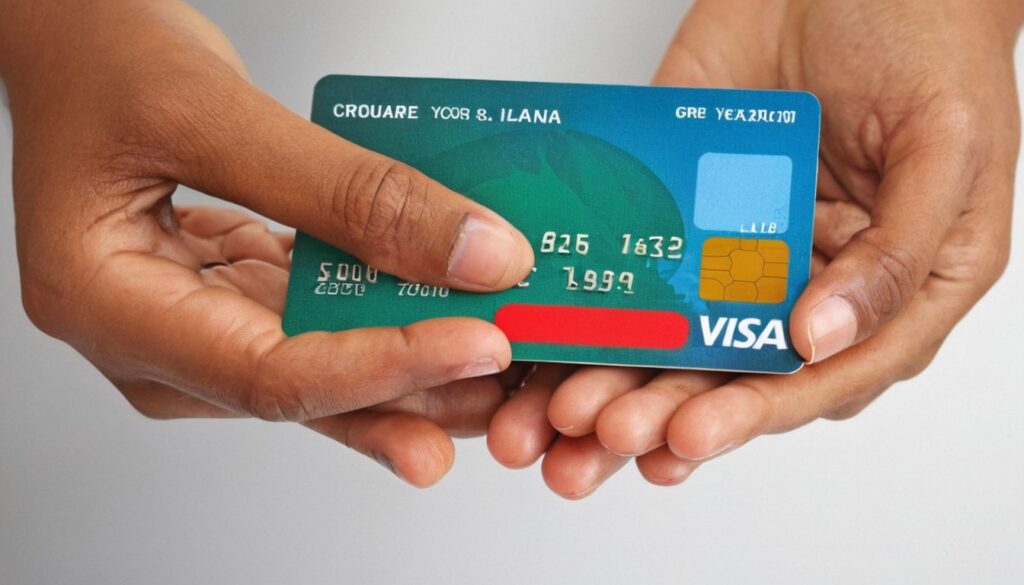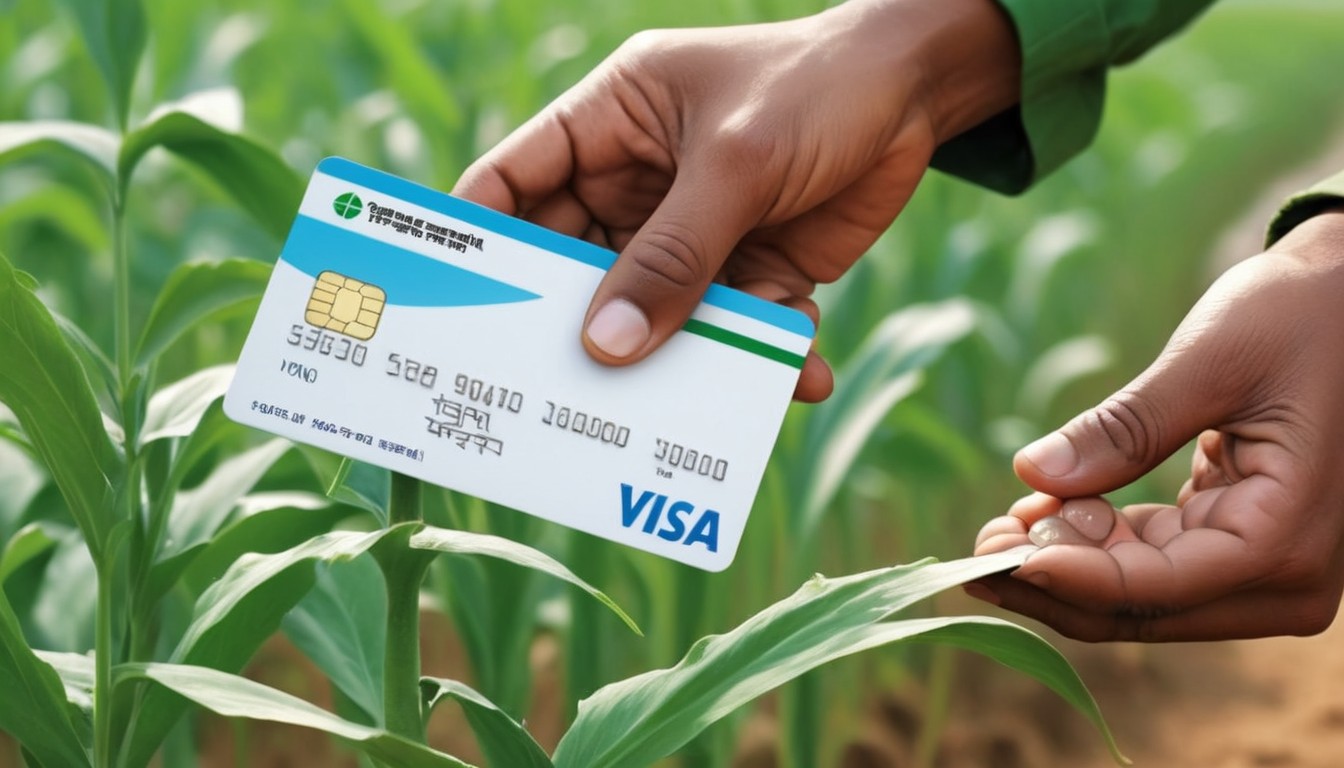
Find out everything there is to know about India’s Kisan Credit Card (KCC) program. Recognize its advantages, eligibility, application procedure, and frequently asked questions to empower yourself or mentor others in farming.
Details
In 2004, the program was expanded to include farmers’ investment credit requirements for non-farm and allied activities. A working group led by Shri T. M. Bhasin, CMD of Indian Bank, reviewed the program again in 2012 with the goal of streamlining it and making it easier to issue Electronic Kisan Credit Cards. The plan gives banks extensive instructions on how to operationalize the KCC plan. Implementing banks will be free to adapt it to meet institution- or location-specific needs.
India’s economy is based primarily on agriculture, and farmers are essential to maintaining food security in the country. But getting timely and sufficient credit has frequently proven difficult for them. To solve this exact issue, the Indian government introduced the Kisan Credit Card (KCC) initiative in 1998.
A Kisan Credit Card: What Is It?

Indian public sector banks provide a unique credit option called a Kisan Credit Card to help farmers with their short-term financing needs. It streamlines the application process and guarantees prompt financial assistance by offering a single point of contact for obtaining financing for a range of agricultural needs.
Objective
- The Kisan Credit Card initiative intends to give farmers flexible and streamlined procedures along with sufficient and timely credit support from the banking system for their crop and other needs, as listed below, all under one single window:
- to fulfill the needs for short-term loans necessary for crop cultivation;
- Post-harvest costs; generate marketing loans; farmer household consumption needs; working capital for upkeep of farm equipment and related operations;
- Requirement for investment finance in agriculture and related fields
- Sort of Card
- An ISO IIN (International Standards Organization International Identification Number) combined with a magnetic stripe card to provide access to all banks’ ATMs and micro ATMs
- Debit cards with a magnetic stripe and a PIN with an ISO IIN that combine biometric authentication with UIDAI can be offered by banks in situations where they wish to use the centralized biometric authentication infrastructure of Aadhaar authentication.
- Depending on the bank’s clientele, debit cards with magnetic stripes and only biometric identification may also be offered. Until UIDAI is widely used, banks are free to begin using their current centralized biometric infrastructure without requiring interoperability.
- Banks have the option to issue RUPAY-compliant chip cards with a magnetic stripe and pin with an ISO IIN, as well as EMV (Europay, MasterCard, and VISA), a global standard for the interoperability of integrated circuit cards.
- Furthermore, smart cards and biometric authentication may adhere to the same open standards that IBA and IDRBT specify. When they sell their output at mandies, procurement centers, etc., they will be able to have the sales revenues credited to their accounts and trade with input dealers more easily as a result.
Delivery Channels:
In order for farmers to use the Kisan Credit Card to efficiently do business through their KCC account, the following delivery channels must be set up first.
- Withdrawal with Micro ATMs and ATMs
- withdrawal via smart card-equipped BCs.
- PoS machine via input vendors
- IMPS-capable mobile banking, IVR, and Adhaar-enabled cards
Benefits
- Determining the credit limit and loan amount
- The deadline for arrival during the first year is as follows: For cultivators who grow just one crop annually: Scale of finance for the crop (as approved by District Level Technical Committee) x Extent of area farmed + 10% of limit towards post-harvest / household/consumption requirements + 20% of limit towards repairs and maintenance expenses of agricultural assets + crop insurance, PAIS & asset insurance.
- Limit for the following year and the next: The above-mentioned first-year limit for crop cultivation purposes is supplemented by 10% of the limit for cost escalation/increase in the scale of financing for each of the following years (the second, third, fourth, and fifth year) and the anticipated term loan component for the five-year Kisan Credit Card tenure.
- The above-mentioned limit applies to farmers who raise multiple crops in a given year. The first year’s crops must be grown according to the suggested cropping pattern, and an additional 10% of the limit is allocated to cost increases or increases in the scale of financing for each additional year (the second, third, fourth, and fifth year). It is presumed that the farmer continues to use the same agricultural strategy for the next four years. The cap might be adjusted if the farmer decides to change his or her farming strategy in the next year.
- Term loans for purchases of farm equipment, small irrigation, land development, and related agricultural operations. Based on the unit cost of the asset or assets the farmer wants to purchase, the allied activities already being carried out on the farm, the bank’s assessment of the farmer’s ability to repay the loan in relation to the total amount owed, including current loan obligations, and other factors, the banks may set the working capital limit and credit quantum for agricultural and related activities.
- The projected investments during the five-year period and the bank’s assessment of the farmer’s ability to repay the loan determine the long-term loan limit.
- Maximum Permissible Limit: The Maximum Permissible Limit (MPL), also known as the Kisan Credit Card Limit, is the sum of the short-term loan limit that was determined for the fifth year and the anticipated long-term loan requirement.
- Determining Sub-limits for Non-Marginal FarmersThe interest rates for term loans and short-term loans are different. Moreover, the Interest Subvention Scheme and the Prompt Repayment Incentive Scheme currently include short-term agricultural loans. Furthermore, there are differences between term and short-term loan repayment schedules and customs. Therefore, the card limit must be divided into distinct sub-limits for term loans and short-term cash credit limit cum savings account in order to provide operational and accounting simplicity. The drawing limit for short-term cash credit should be fixed based on the cropping pattern and the amounts for crop production, repairs and maintenance of farm assets and consumption may be allowed to be drawn at the convenience of the farmer. In case the revision of the scale of finance for any year by the district-level committee exceeds the notional hike of 10% contemplated while fixing the five-year limit, a revised drawable limit may be fixed and the farmer is advised about the same. In case such revisions require the card limit itself to be enhanced (4th or 5th year), the same may be done and the farmer be so advised. For term loans, instalments may be allowed to be withdrawn based on the nature of the investment and the repayment schedule drawn as per the economic life of the proposed investments. It is to be ensured that at any point in time, the total liability should be within the drawing limit of the concerned year.
- Wherever the card limit/liability so arrived warrants additional security, the banks may take suitable collateral as per their policy.
Eligibility for Kisan Credit Card
- KCC is mostly directed at farmers who work agricultural land.
- Tenant farmers, joint landowners, and individual farmers are all eligible to apply.
- Self-help groups (SHGs) engaged in related agricultural endeavors are additionally qualified.
- Certain qualifying requirements pertaining to land ownership, income, and previous loan payback history may be enforced by banks.
Documents Required for Kisan Credit Card Application
- properly completed application
- passport-sized pictures
- Identity verification (Voter ID, Aadhar card, etc.)
- Proof of address (such as an Aadhar card or utility bills)
- Proof of landholding fully attested by revenue officials
- Specifics of the cropping pattern (acreage and crops planted)
- Documents used as security (for loans above certain bank-set restrictions)
- Additional documentation needed by the bank
Application Process
Online
- Go to the bank’s website to submit an application for the Kisan credit card scheme.
- Select the Kisan Credit Card from the list of available alternatives.
- The website will take you to the application page when you select the “Apply” option.
- After entering the necessary information, click “Submit” on the form.
- An application reference number will be issued after that. The bank will contact you for the next step if you qualify within three to four business days.
Offline
- You can submit an offline application by visiting the branch of the bank of your choice or by downloading the form from the bank’s website.
- With the assistance of the bank agent, the applicant can visit the branch and start the application procedure.
FAQs on Kisan Credit Card
- What is the interest rate on Kisan Credit Card?
The interest rate on KCC loans varies depending on the loan amount and bank policies. However, the Government of India provides interest subvention, bringing down the effective interest rate significantly.
- What is the maximum credit limit offered under Kisan Credit Card?
The credit limit on a KCC is determined by the bank based on factors like landholding, crop pattern, and past credit history.
- Is there any penalty for late repayment of Kisan Credit Card dues?
Yes, banks typically levy penalties for late repayment of KCC loans. Timely repayment is crucial to maintain a good credit history and avail future benefits.
- Can I use Kisan Credit Card for non-agricultural purposes?
While primarily meant for agricultural needs, some banks may allow using a portion of the credit limit for household consumption requirements. It’s advisable to clarify this with your bank beforehand.
Conclusion
The Kisan Credit Card scheme has been a game-changer for Indian agriculture by providing timely and affordable credit to farmers. It empowers them to invest in their farms, improve productivity, and achieve financial stability. By leveraging the benefits of KCC, farmers can play a more prominent role in ensuring food security and propelling India’s agricultural sector forward.
Sources And References
Read More: Homes For Intellectually Impaired Persons

